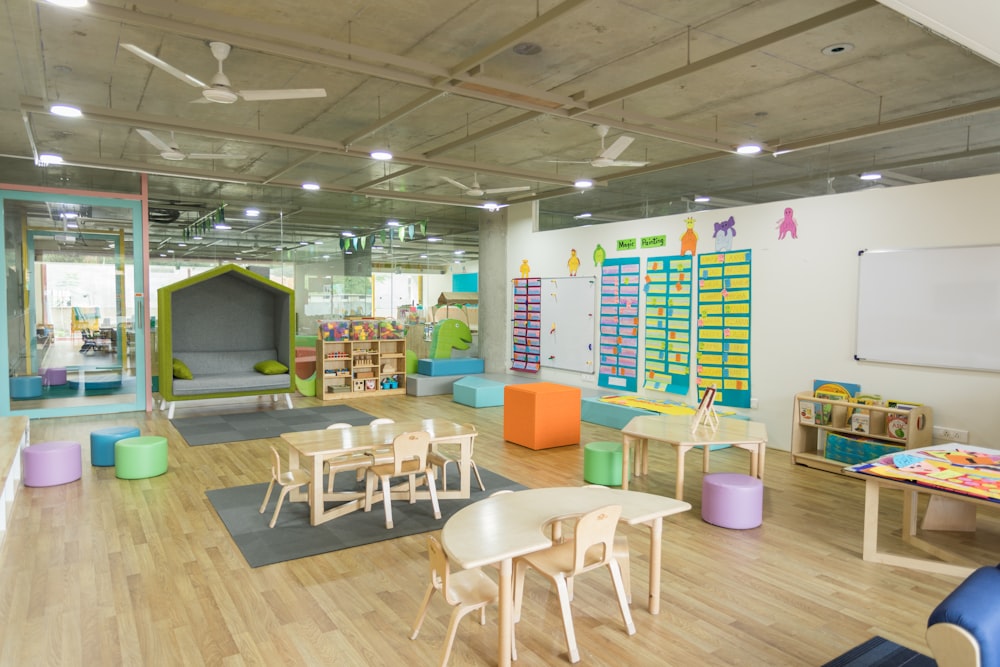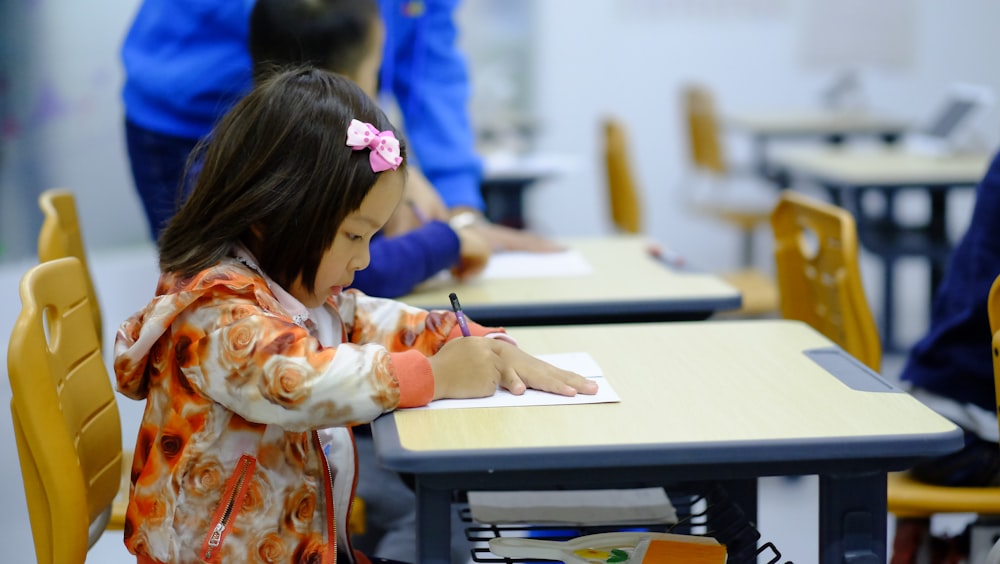Children need a friendly, non-threatening classroom environment to learn in. However, educators may wonder how best to create this environment. The following tips from experienced educators go a long way to providing a warm and welcoming place ideal for learning.
Classroom Furnishings
Choose furnishings that are comfortable and structurally sound. In the past, students made use of one-size-fits-all solutions, but educators now realize they need to consider differences when choosing furnishings for the classroom. Every child should be able to sit upright at their desk with their feet flat on the floor. Quality, structurally sound furniture promotes pride in the child and encourages them to keep their desk neat, clean, and organized. When choosing furniture for classrooms, keep this in mind to ensure every child is prepared to learn.

Enthusiastic Greetings
Enthusiastic greetings help to establish a relationship between the student and the educator. They also set the tone for the day. If the educator is happy to be there and see their students, the children will be happier too. Say something positive about each child as they come in the door, and they will be more prepared to listen and learn.
Share
Children love to share things with their peers. They may wish to talk about an event in their lives or something that is of importance to them. Set aside time each day for a few children to share and try to cycle throughout all students during the week. This creates an atmosphere that is warm and welcoming and shows the educator wants to know what is important to them.
Educators should also share things with the students. This shows the students that an educator is a real person with a life outside of the classroom. Educators don’t need to share every day or every week, but doing so occasionally strengthens the relationship.
Discuss Differences
Children recognize there are differences among students in the classroom. They need to learn about diversity to better understand those they spend time with. These conversations may revolve around body types, talents, cultural backgrounds, or numerous other things. Allow children to talk about their strengths and weaknesses, doing so in a positive way. When children understand diversity and how it benefits society, they will be more trusting and accepting of others.
Prohibit Bullying
Never tolerate any form of bullying in the classroom. Maintain a zero-tolerance policy, and advise all students to share instances of bullying to ensure it is halted in its tracks. Children cannot learn in an environment where they are bullied or worried about being bullied. Tell children that talking to the teacher about a bully isn’t tattling. Rather, they are reporting inappropriate activity so the teacher can address it. Educators need to establish routines and rules designed to stop bullying.

Team-Building Activities
Children need to work together and build rapport, and team-building activities help to achieve this goal. With the help of these activities, educators create a cohesive environment. They learn to work together and communicate in a group. In addition, children must think creatively when working in a team. The children learn more about each other when they take part in team-building activities and they have fun when doing so.
Respect
Respect remains a two-way street in the classroom. Every person should have the opportunity to share their point of view, even when others disagree with them. All discussion needs to be focused on the topic rather than the individual making the comments, and the language should remain clean. Don’t allow sarcasm either.
Children learn best in an atmosphere that promotes confidence and self-esteem. Praise and positive reinforcement remain great tools for educators to encourage learning, but only when it is deserved. When students feel good about themselves, they remain open to learning and growing.

